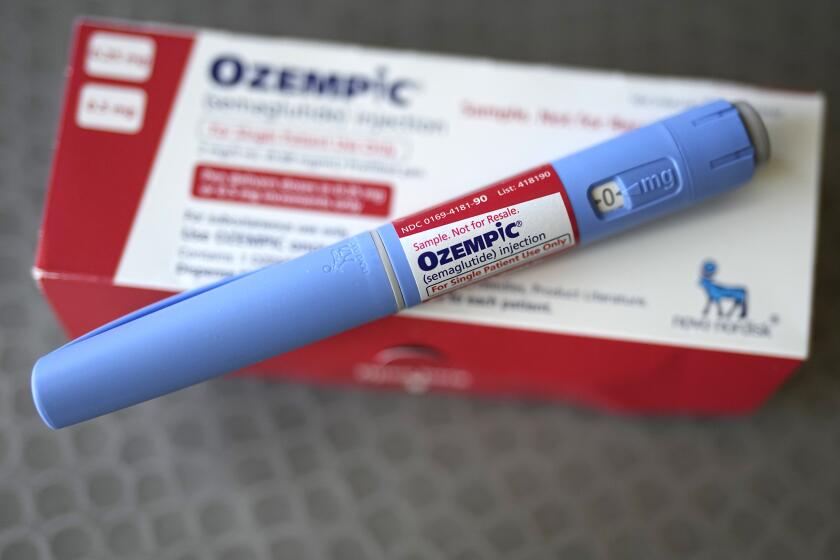Korean American community coalesces
- Share via
The Los Angeles riots — six days of arson, looting and death — are known to Korean Americans as Sa-i-gu, “April 29” in Korean, the date the civil unrest started. Sa-i-gu erupted after the acquittal of one Latino and three white police officers charged with the beating of Rodney King, a black motorist. Blacks, whites, Latinos, Asian Americans, Korean Americans and others were directly and indirectly affected — and involved — in Sa-i-gu. But it was Korean immigrant merchants who were, memorably, too often caught in the middle.
Koreans’ business successes — their role as part of the broad Asian American “model minority” — fueled resentment toward them. They were often confused with Chinese Americans and Japanese Americans in a three-tiered system: whites on top, Latinos and blacks at the bottom, Asians in between.
It made them convenient targets. Journalist and author Helen Zia noted in 2000 in “Asian American Dreams” that, as the violence spread during the riots, “the model minority was taking a beating from blacks, whites and Latinos who seemed only too glad to deliver their comeuppance.” In Los Angeles, Korean Americans “had taken the hit for all Asian Americans.”
Before Sa-i-gu, Los Angeles residents surely knew Koreatown existed, but few had gotten out of their cars on their way through the city and walked its streets. It wasn’t entirely their fault. The Korean American community was isolated and insular.
In the aftermath of the riots, it seemed at first that the isolation might get worse. Many white businesses in the Wilshire district next to Koreatown moved to Century City and the Westside. As a result, Koreatown’s borders expanded, and as it turned out, the expansion wasn’t just geographic. A new generation of Korean Americans emerged — more open, more welcoming. It is now a common sight to see many non-Koreans patronizing coffee shops, restaurants and shopping malls on 6th Street or Western Avenue. Many Angelenos now crave kimchi, bulgogi, bibimbap and even kalbi tacos.
Korean Americans learned the hard way that little would be done for them; they had to become politically active and empower themselves. Media coverage from their perspective during and after the riots was woefully inadequate; they had to fight to communicate their grievances and their grief. Before Sa-i-gu, Korean Americans had few allies in City Hall, Sacramento or Washington. Their lack of political clout became apparent as their businesses were abandoned to looters and arsonists.
For many within the Korean American community, their identity was born, or reborn, on April 29, 1992. The community began to reevaluate its own economic, cultural and political positions in the U.S. What did it mean to be Korean American in multiethnic and multiracial America?
In 1992, the Korean American community was seeking a role in a changing America. Twenty years later, the United States still has to battle racism, but the Korean American community is now embraced as an integral part of Los Angeles’ diverse mosaic. Koreatown has emerged from the ashes, resurrected as a vibrant, successful transnational enclave. It is proof, one more time, that Los Angeles is anything but black and white.
Edward T. Chang is director of the Young Oak Kim Center for Korean American Studies and a professor of ethnic studies at UC Riverside.
More to Read
A cure for the common opinion
Get thought-provoking perspectives with our weekly newsletter.
You may occasionally receive promotional content from the Los Angeles Times.









